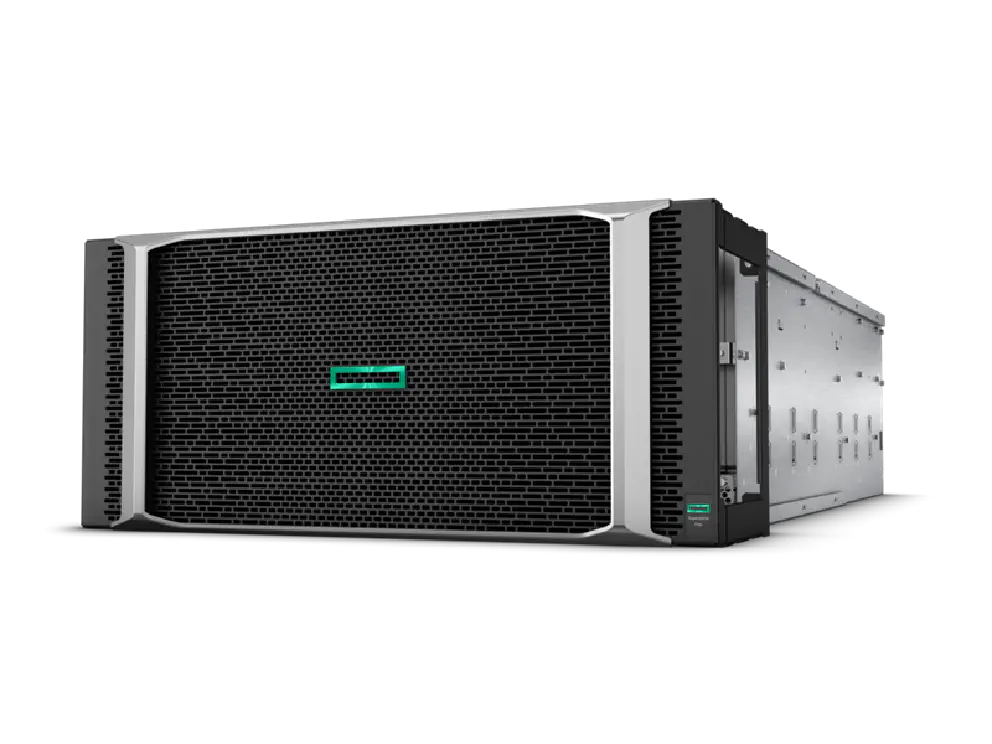Just 15 years ago, AMD and Intel released their first dual-core CPU for the consumer market. Today, you can get 10-core CPU for the consumer market. With hyper threading, you can get around 20-threads of computing power in a single CPU die. In the enterprise market, you can get a 28-core, 56-thread CPU. Despite having so much CPU power per die, multi-socket solution is not going away.
Data, Data everywhere
Every minute on the internet, there’s millions and millions of photos are beng uploaded, messages sent, orders received, people reacting to a post, videos watched, looking for something at some website or some database. These avalanche of data that keeps coming from everywhere needs to be processed, categorized, analyzed and stored in a database somewhere.
Scaling
To process the data, you can spread the load throughout multiple computers or make the computer faster. Spreading the load is called scaling. There’s two way to scale: vertical scaling and horizontal scaling. Vertical scaling involves making the computer bigger and bigger. Horizontal scaling involves spreading the load to more and more computers. There is no wrong answer, but solving a problem is better on one time of scaling than another.
Jobs that does not require one dataset to be compared or analyzed to another datasets is good for horizontal scaling. For example, rendering videos is a jobs that is easy to be horizontally scaled. Each node in the computer network can do the job and only needs to update the progress of the job to a management server.
Jobs that require one dataset to be compared or analyzed to another dataset is good for vertical scaling. Examples for this is weather prediction, where one event on one geographic location can affect weather events on another geographic location. Another if you have to process large amount of orders in a large country and you want to optimize the delivery schedule. You want to process everything in a single computer because it is far faster to fetch data from one place instead to have to wait data from another computer
All datasets is not made equal
Because some workload are better suited for vertical scaling, solutions that requires multi socket CPU will still exists in the market. Although a single socket CPU has become more and more powerful, the explosion of dataset size ensures that the amount of computing power that is needed to process such large dataset gets higher and higher. Database server, CRM workload and data modeling benefits from vertical scaling.
While such market is now niche, it is still not insignificant that computing companies like HP, IBM does not make them. In fact, IBM still make billions from selling and maintaining Z-system mainframes which are multi socket solutions year over year.
Conclusion
While CPU in a single socket has become more and more powerful by going multi-core, the explosive amount of growth in data generated by users, Internet of Things and other sensor ensures that processing such huge database still requires a multi socket solution.
Plug
Help support this website and my family by visiting my affiliate links
